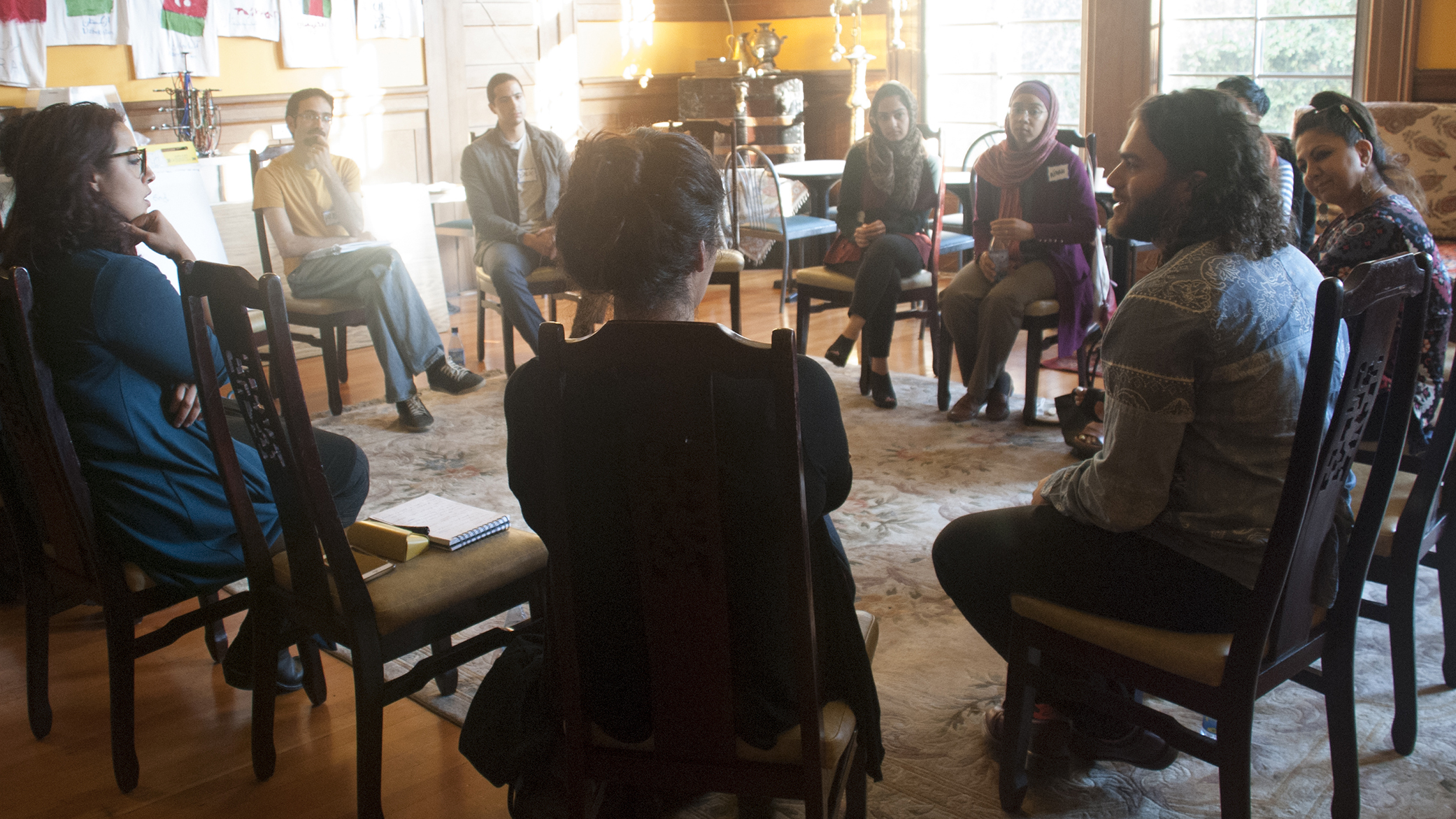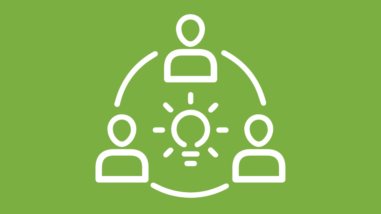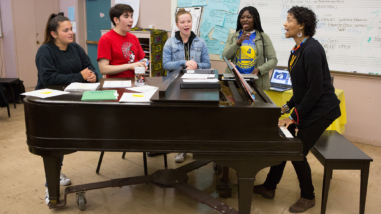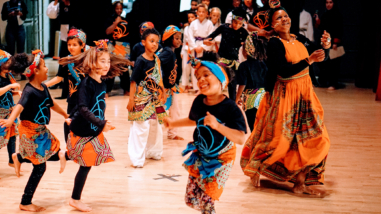What distributed leadership looks like

Take a moment to think about your organization. How much are responsibilities and decision making diffused throughout it? To what degree are the perspectives and skills of all staff members fully utilized? Would you say that staff are involved in central decisions affecting the organization? Your answers to these questions signal the degree to which your organization is utilizing distributed leadership: a form of leadership practice in which a significant degree of decision making is consistently and systematically vested across levels within an organization.
While the definition of distributed leadership is clear, its actual practice is less clear cut. To assist those who recognize the need for fundamental change if their organizations are to fully embrace the opportunities of this new era of rapid generational, technological, economic, and demographic change—an idea we explored in our 2016 Moving Arts Leadership Forward report—we commissioned this collection of thematic case studies and videos to facilitate learning from those who are practicing distributed leadership well. The collection reveals the range of ways distributed leadership can be implemented, and illustrates how organizations develop and customize these practices to fit their unique cultures and needs. If you are looking for an off-the-shelf approach, you will not find it here. These exemplars illustrate inventive, yet consistently applied approaches to how an organization allocates and shares its resources, and how this distribution of resources ultimately reflects an organization’s values.
What is most exciting is that the report showcases organizations that are “early adopters” of distributed leadership, not because it is the latest philanthropic trend, but because they understand these practices make their organizations stronger. These leaders comprehend the power inherent in including the voices and opinions of many, and through their work, one can see how these practices make for more reflective, connected, and resilient organizations. Though the examples in this collection focus on how distributed leadership takes place within organizations, it’s natural to see how these practices likely make organizations more externally connected and responsive, as well. It’s easy to imagine that these organizations are better positioned to align their work with the needs and aspirations of their communities, and be an integral part of their communities, rather than an outsider “serving” those communities.
Most organizations have only just begun to consider how to recalibrate their structure, including how they lead, to take advantage of the opportunities that this new era requires. The collection of studies provides inspiring, yet pragmatic examples of how to operationalize the values, such as equity and inclusion, that we in the nonprofit sector are working toward. The studies are also exemplars of how to adapt to changing conditions and guide institutions into the future.
If you’re interested in exploring what distributed leadership might do for your organization, and what it would mean to practice it more fully, the collection provides a look at how seven thoughtful, forward-looking organizations have asked, and begun to answer, those same questions. To get you started, we asked a group of leaders from the organizations featured in the collection to talk about what they see as the benefits of distributed leadership in the video below.




